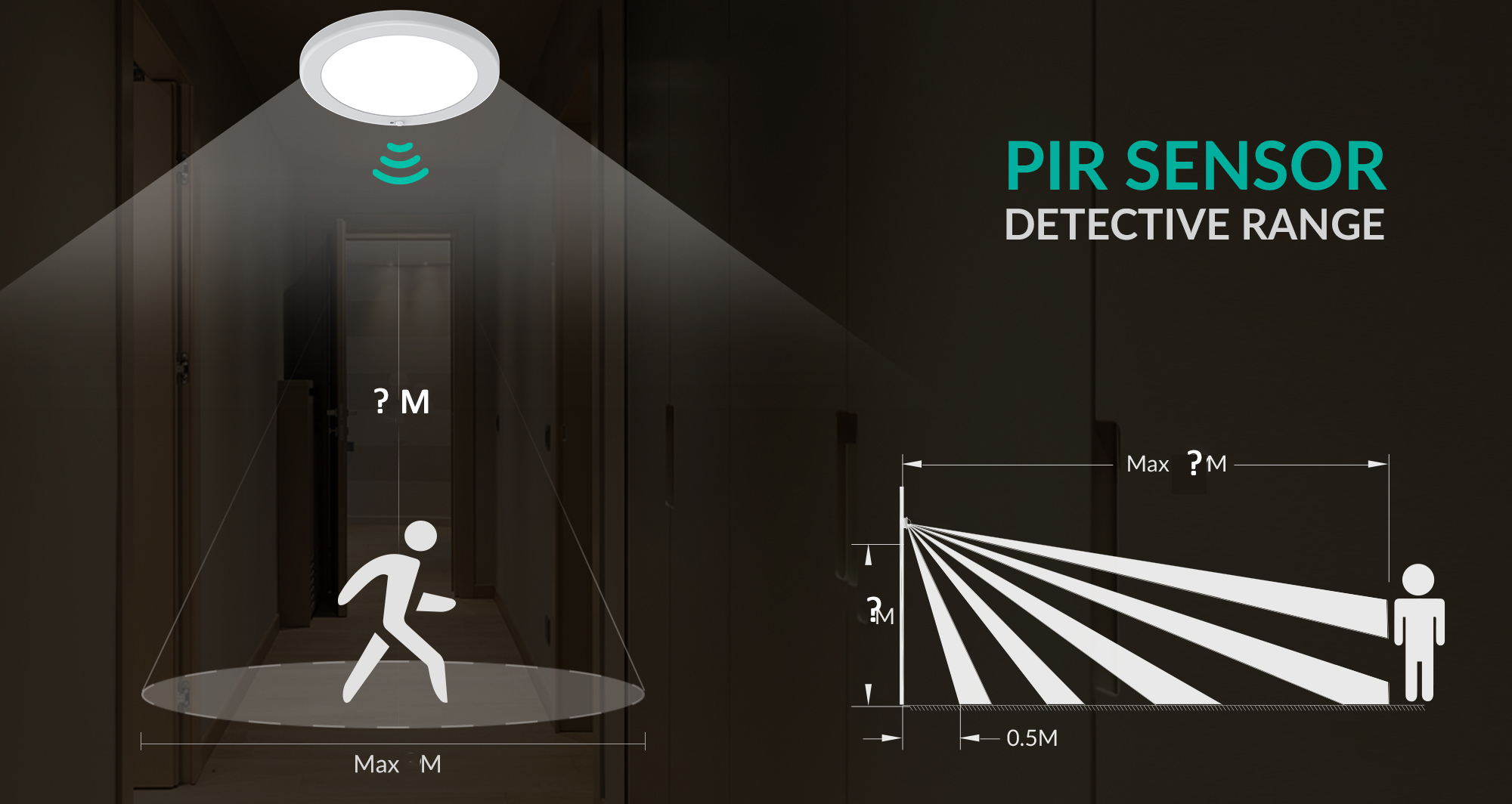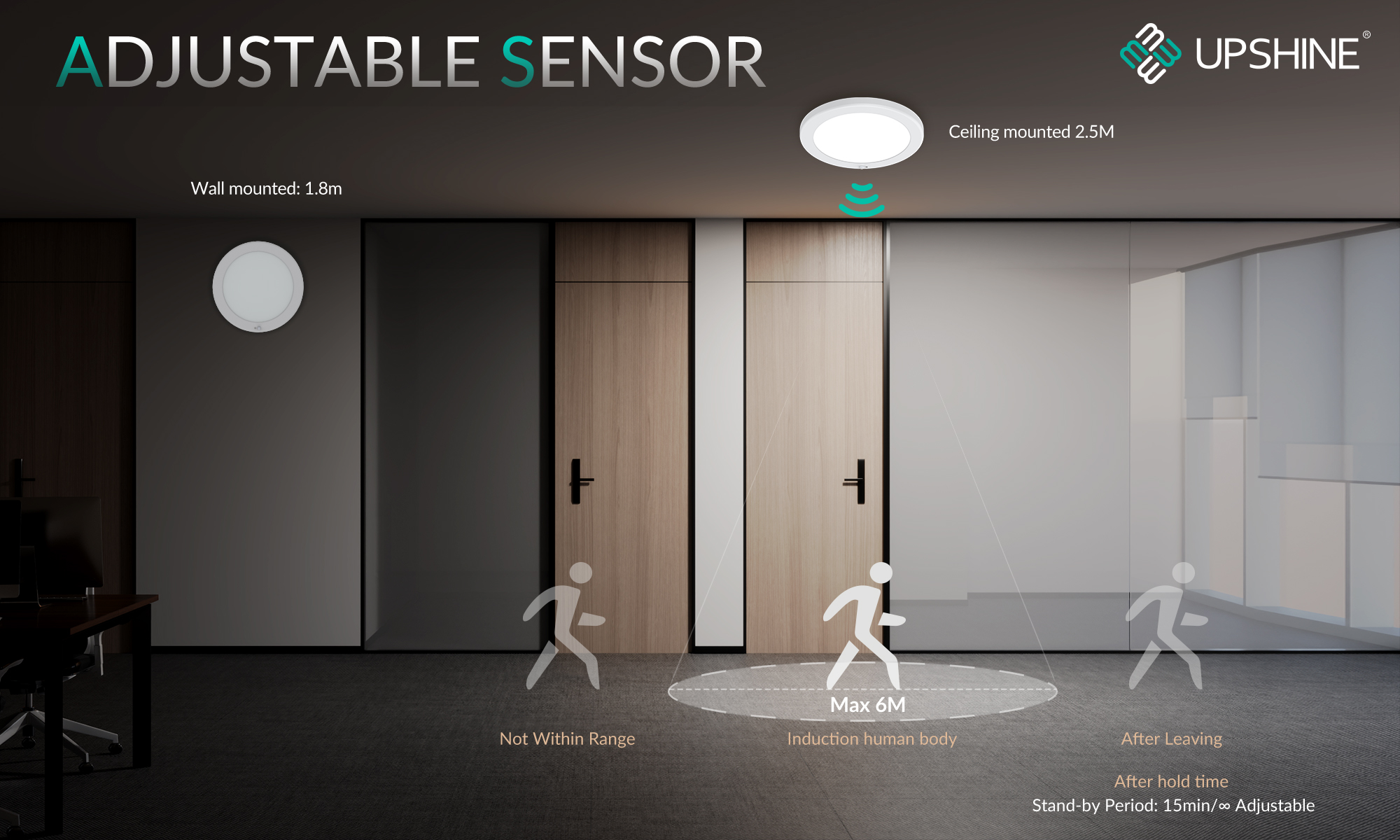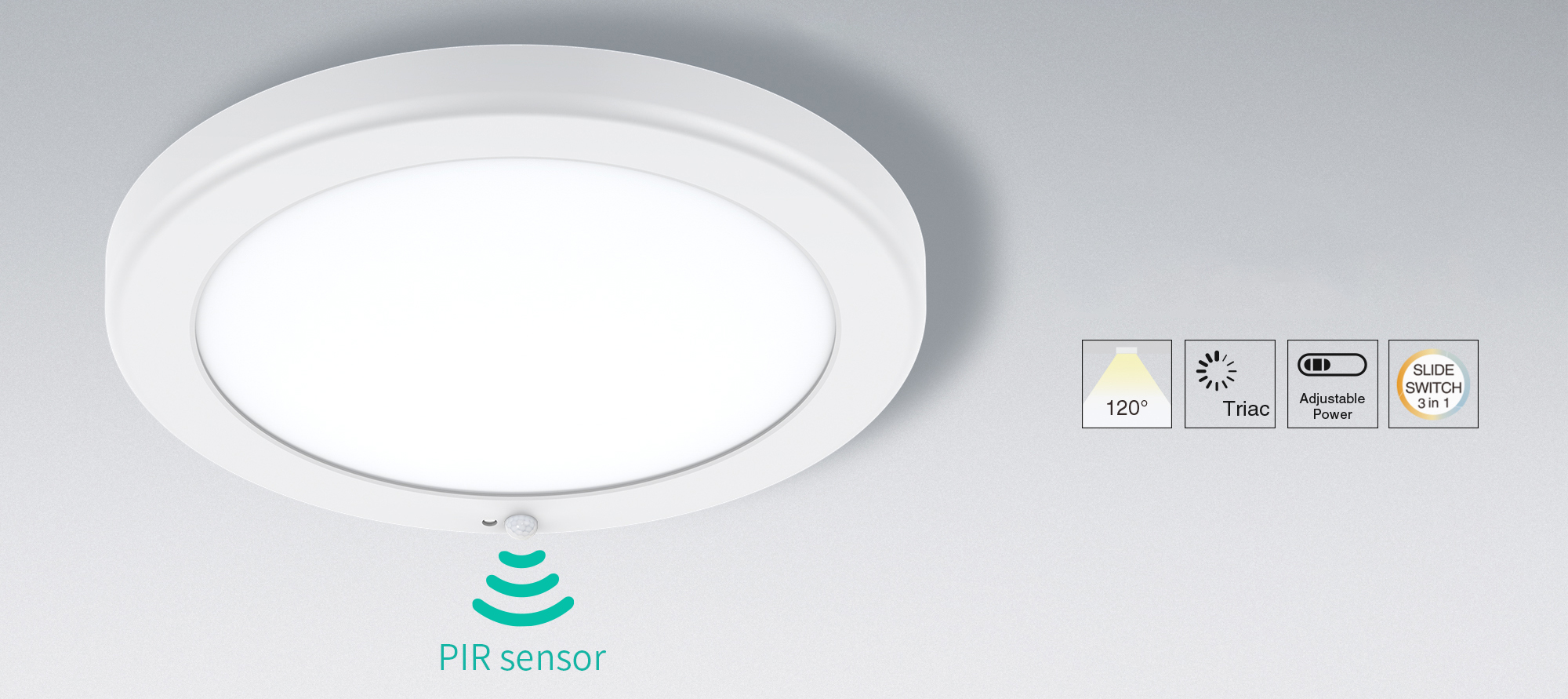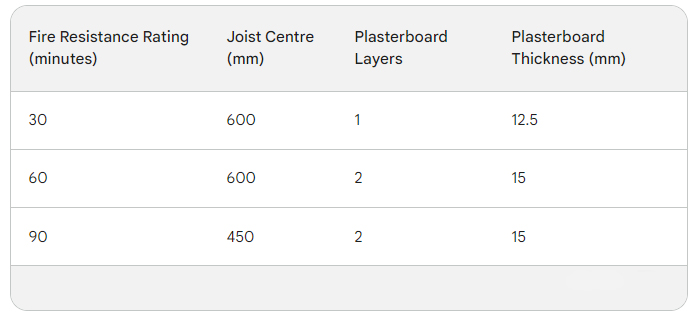
What is PIR sensor?
PIR sensors, also known as a PIR motion sensor, is an electronic device that detects infrared radiation emitted by objects in its field of view. PIR sensors are commonly used in security systems, lighting control, and various other applications where motion detection is required.
The sensor consists of a pyroelectric sensor and a Fresnel lens, which together detect changes in infrared radiation patterns. When a person or object moves within the sensor's detection range, the infrared energy emitted by the object changes, and the sensor detects this change as a motion event.
PIR sensors are "passive" because they do not emit any energy themselves; they only detect and respond to the infrared energy emitted by objects. They are "infrared" sensors because they operate in the infrared spectrum, which is beyond the range of human vision.
PIR sensors are widely used in automatic lighting systems to turn lights on or off when someone enters or leaves a room. They are also used in burglar alarm systems to detect intruders. PIR sensors are popular due to their low cost, simplicity, and effectiveness in detecting human presence.
How about PIR sensor match with LED?
When using an LED with a PIR sensor, the LED can be used to provide visual feedback or illumination based on the motion detected by the sensor. Here's a typical setup:
PIR Sensor: Connect the PIR sensor to a power source as per the manufacturer's specifications. The sensor will have power (VCC), ground (GND), and output (OUT) pins.
LED: Connect the LED to a power source, preferably using a current-limiting resistor to control the LED's brightness and prevent excessive current flow. The LED will have two leads, a longer positive lead (anode) and a shorter negative lead (cathode).
Wiring: Connect the output pin of the PIR sensor to the positive lead (anode) of the LED. Connect the negative lead (cathode) of the LED to the ground (GND) of the power supply.
Operation: When the PIR sensor detects motion, it will output a signal (typically a digital HIGH or LOW) through its output pin. This signal can be used to control the state of the LED. For example, when motion is detected, the PIR sensor output can be used to turn the LED on, and when motion ceases, the LED can be turned off.
The specific wiring and programming details may vary depending on the PIR sensor and LED you are using, so it's important to refer to the datasheets or documentation provided by the manufacturers for accurate instructions.
In this setup, the LED can be used to indicate when motion is detected. For example, the LED can be turned on when motion is sensed, providing a visual indication that the sensor has detected movement. You can also adjust the timing and behavior of the LED based on your specific requirements and the capabilities of the PIR sensor.
This configuration is commonly employed in security systems, where the LED can act as a deterrent or provide visual feedback to the user about motion activity.
UPSHINE New Module 280D
This functional ceiling downlight is a new advanced super slim design module with PIR sensor. Its lighting beam angle is 120°, offering several customizable features, including adjustable cutout size, wattage, CCT (color temperature), and a PIR sensor. It incorporates high-lumen SMD LED technology and an edge lighting design to ensure uniform and consistent light output. The AL1060 Aluminum profile enhances thermal dissipation, leading to efficient heat management. With its sleek and slim design, internal driver, and quick connector, the product facilitates effortless wire connection and installation. It finds extensive utility across diverse applications. Moreover, it offers the flexibility of both recessed and surface-mounted installation options.












